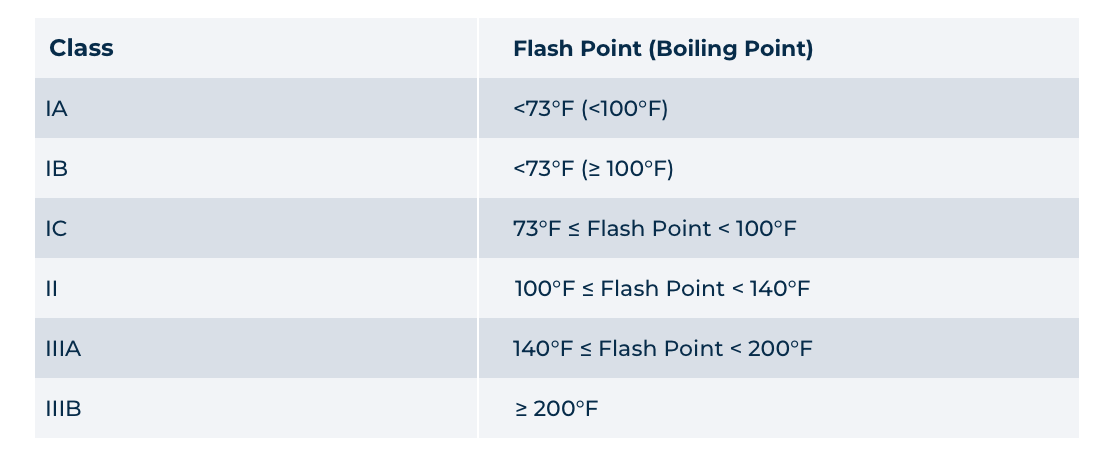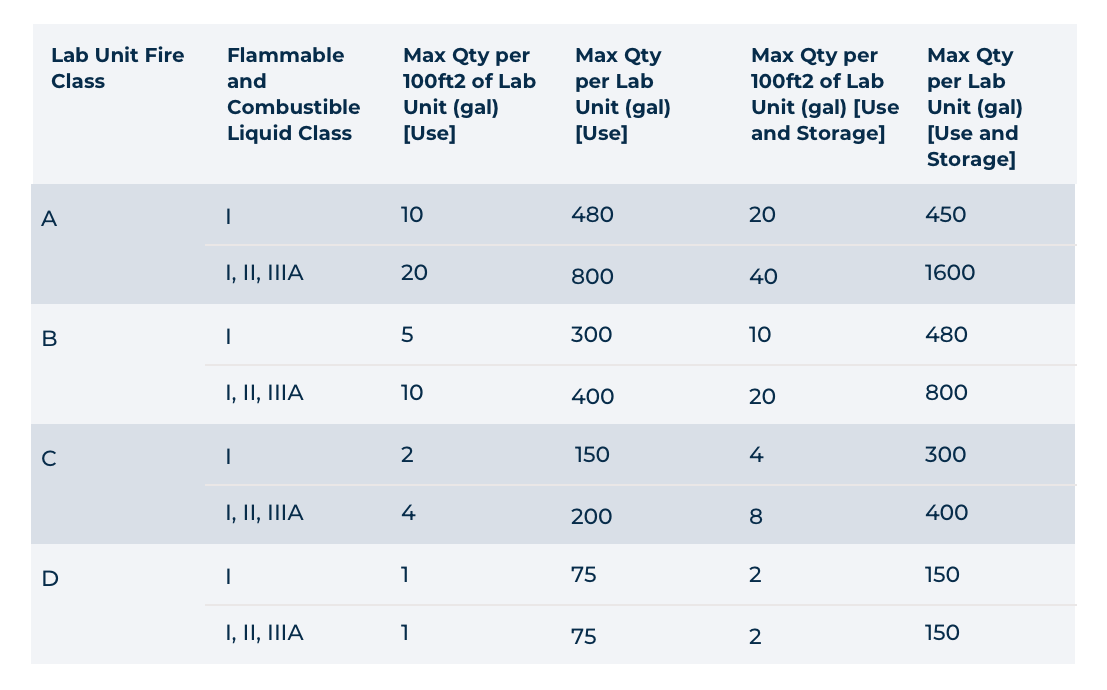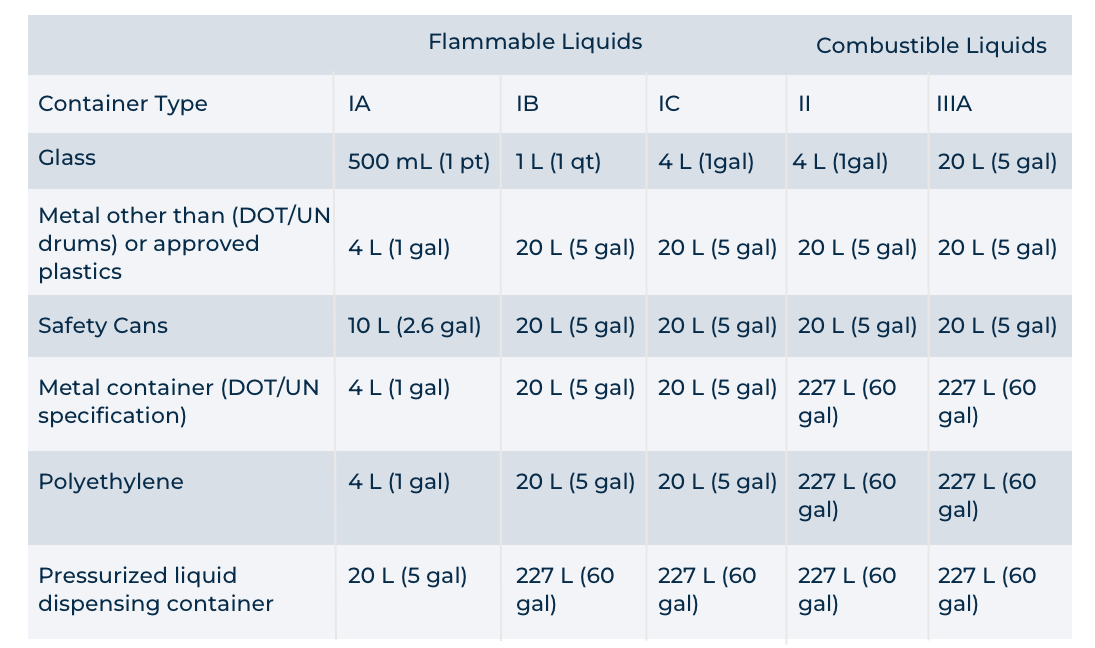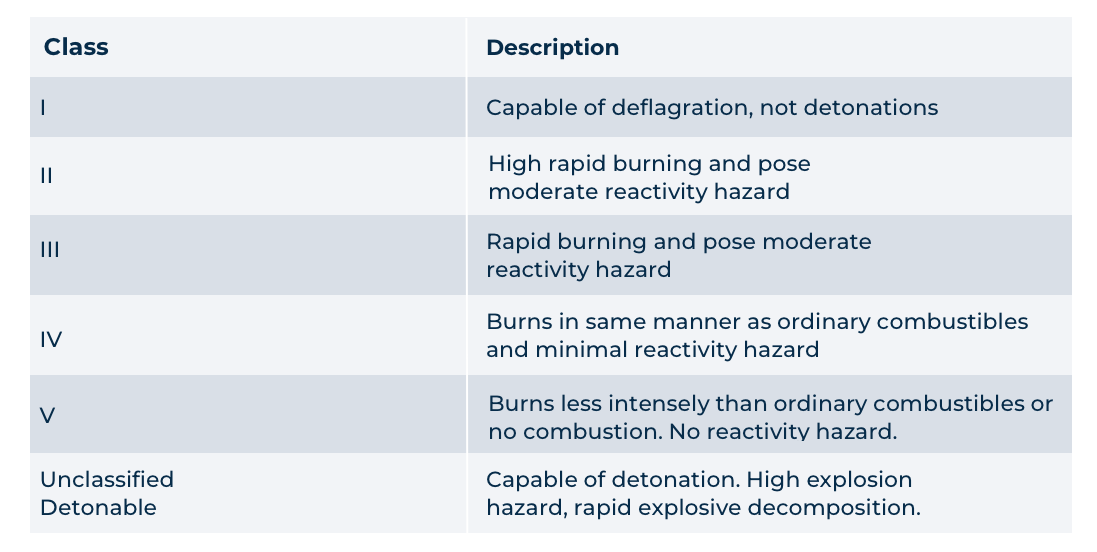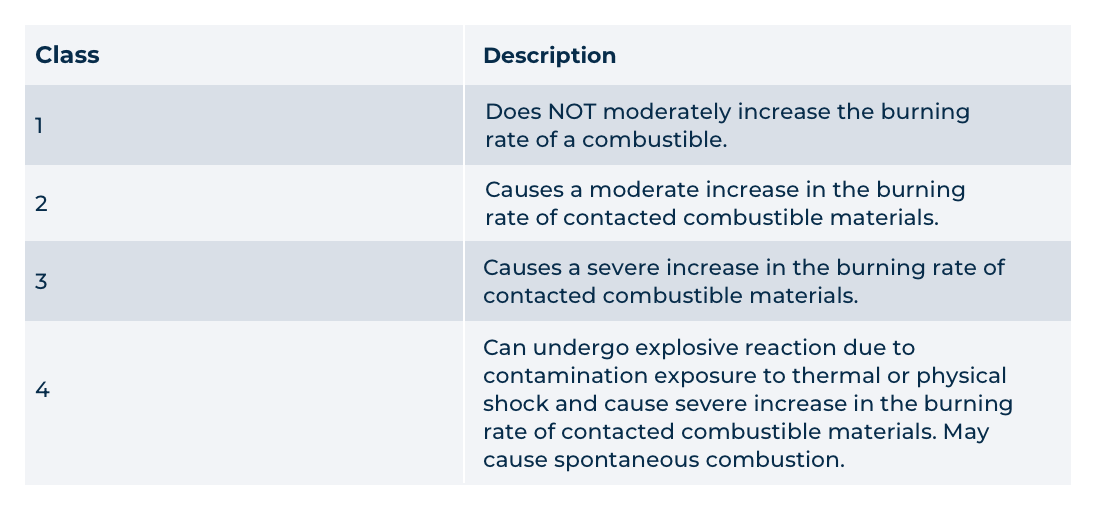Whitepaper: Fire Code and Maximum Allowable Quantities (MAQ)
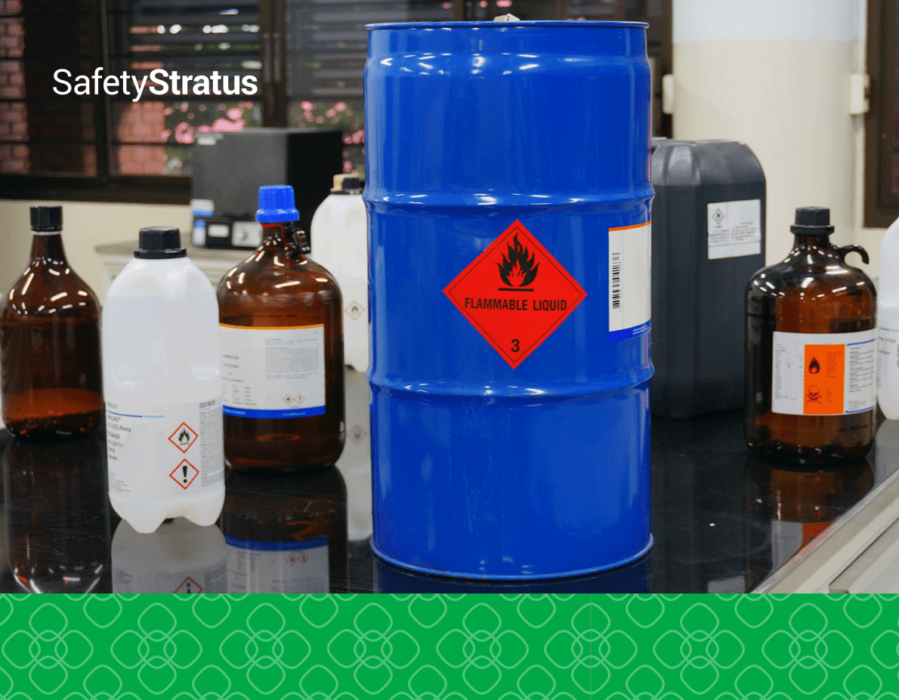
The safe and secure storage of chemicals in a laboratory is a fundamental component of daily operations. As with most industries, each laboratory that handles chemicals must adhere to specific regulations when it comes to chemical storage. How and where chemicals can be stored is dictated and monitored by two different regulatory bodies, the National Fire Protection Association (NFPA) and the International Code Council’s (ICC) International Building Code/ International Fire Code (IBC/IFC).
The unified goal for the NFPA and the IBC/IFC is to set standards for building construction and layout, ensuring the safety of anyone who is working within or occupying a facility. Because chemical inventory is such an intricate detail within laboratory functionality, both the NFPA and IBC/IFC have their sections dedicated to hazardous chemical storage (NFPA 45, and Chapter 50 of the ICC.) Each regulatory body has individually set standards for chemical storage that do not spell out the same limitations. Therefore, when a facility that will operate with chemicals is being planned, both sets of codes must be scrutinized to maintain that it falls within operation allowances.
Created in 1975, NFPA’s 45 specifically deals with the “Standard on Fire Protection for Laboratories Using Chemicals.” The 2019 revision is the latest version from a previous 2015 edition of the NFPA 45 documentation. When it comes to hazardous chemical storage, NFPA focuses on rating different laboratory units based on the amount of flammable and combustible liquids in use within the unit.
Continue Reading
Fill out the form to continue reading
Your Complete, Cloud-Based Safety Solution
An online, integrated platform to protect your team,
reduce risk, and stay compliant
